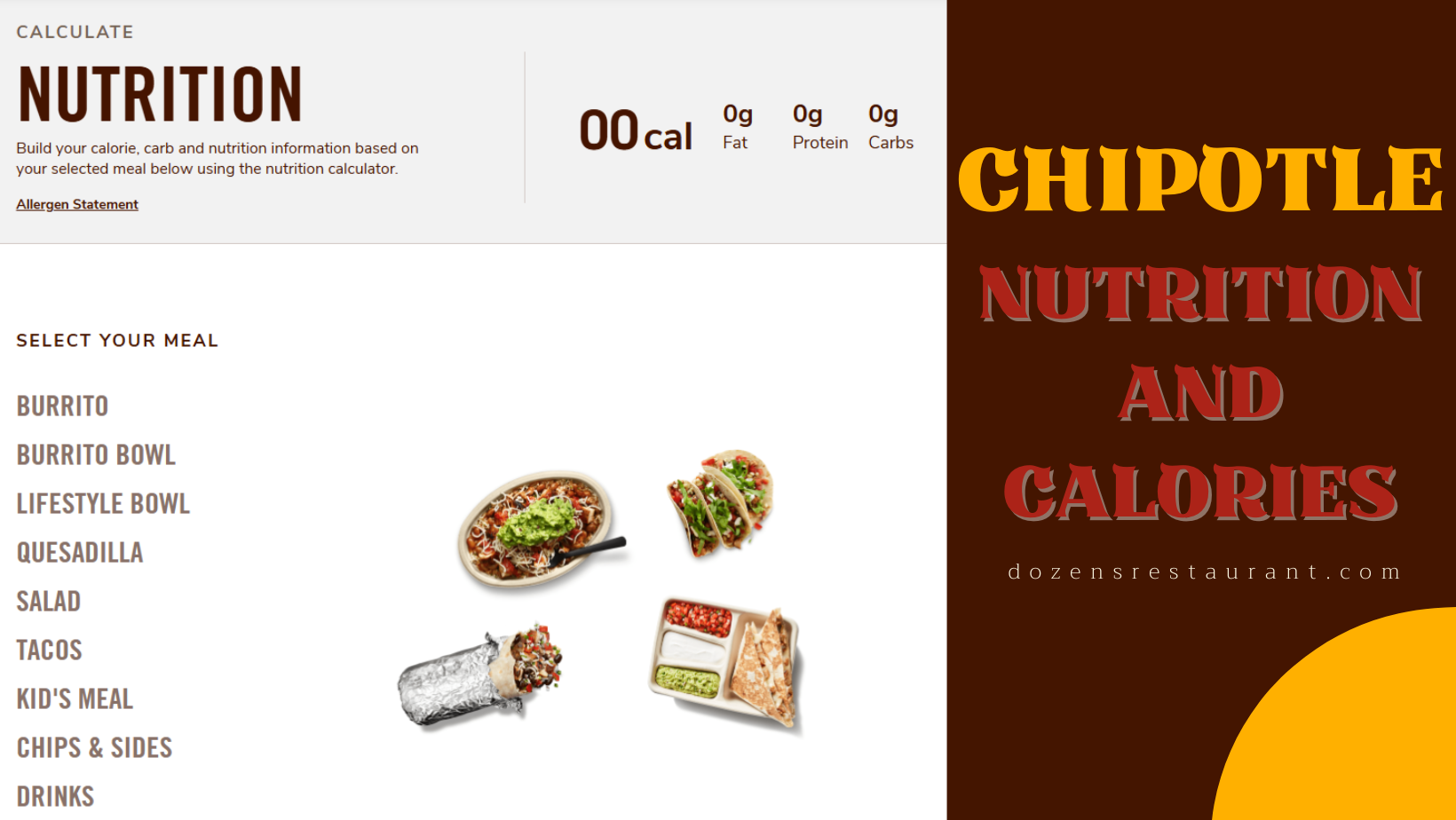Chipotle Mexican Grill has become synonymous with fresh ingredients, bold flavors, and customization. Whether you’re a health-conscious diner or simply curious about what goes into your favorite burrito, understanding Chipotle’s nutrition and calorie content is essential for making informed dining decisions. In this guide, we dive deep into everything you need to know about Chipotle’s menu—from calories and macronutrients to tips for healthier ordering and using the Chipotle Nutrition Calculator. Read on to discover how you can enjoy a delicious meal without compromising your health goals.
Chipotle Menu Overview
Chipotle stands apart from traditional fast-food restaurants by emphasizing the quality and sourcing of its ingredients. Their commitment to sustainability, ethical sourcing, and fresh preparation has attracted a devoted customer base. The restaurant’s menu is built on the concept of customization, allowing you to choose everything from the type of rice to the protein and toppings. This freedom not only enhances the dining experience but also gives you complete control over your nutritional intake.
Chipotle’s menu includes a wide array of options:
Burritos
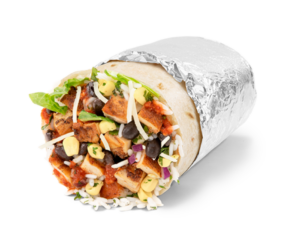
Packed with rice, beans, meat or sofritas, salsa, cheese, and more. These are often calorie-dense due to the large portion sizes and multiple ingredients.
Burrito Bowls
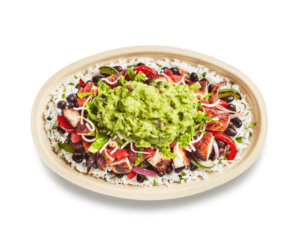
A lighter alternative to burritos, bowls let you skip the tortilla while still offering all the flavorful ingredients.
Tacos
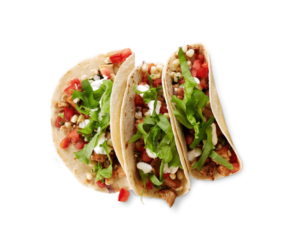
Available in soft flour or crispy corn, tacos provide a handheld option that can be customized to suit your nutritional needs.
Salads
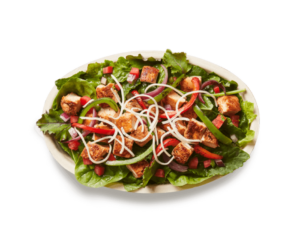
Featuring fresh greens and a mix of vegetables, salads are a lower-calorie alternative, especially when paired with lean proteins.
Sides and Extras
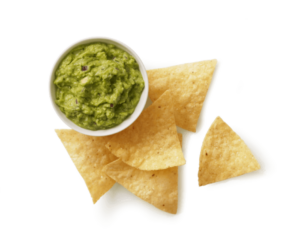
From chips and guacamole to various salsas and dressings, the sides can add both flavor and extra calories to your meal.
Chipotle also caters to a range of dietary preferences, offering vegetarian, vegan, and gluten-free options (for instance, ordering a bowl or salad without a tortilla).
Chipotle’s Nutrition and Calorie Information
In an era where many diners are vigilant about what they eat, Chipotle has taken significant steps toward transparency. Through their online Nutrition Calculator and detailed nutritional guides, you can access up-to-date information on calories, fats, sodium, and more.
Chipotle’s Menu Calories
Chipotle’s menu items come with a range of calorie counts:
Burritos
Typically range from about 740 to 1210 calories, depending on your choice of ingredients. A burrito with high-calorie extras like cheese, sour cream, and guacamole can push you to the upper end of that range.
Burrito Bowls
A bowl can be lighter, usually ranging from 420 to 910 calories. By skipping the tortilla, you reduce the overall carbohydrate load while still enjoying the full flavor.
Tacos
Depending on whether you choose a soft flour or crispy corn tortilla, tacos can range from 390 to 1140 calories for an order, with the variation stemming from portion size and toppings.
Salads
A salad, when assembled with lean proteins and minimal high-calorie dressings, typically contains between 420 and 910 calories.
The exact calorie count for any given meal depends on how you customize it. For instance, swapping white rice for brown rice can increase fiber and micronutrients while slightly adjusting the calorie count. Similarly, choosing sofritas (a plant-based protein option) instead of carnitas or barbacoa might reduce fat and calorie content.
Chipotle’s Menu Proteins, Carbohydrates, and Fats
Beyond calories, it’s important to consider the macronutrient breakdown:
Proteins
Chipotle offers a variety of proteins—chicken (approximately 180 calories for 4 oz), steak (around 150 calories for 4 oz), barbacoa (about 170 calories for 4 oz), carnitas (roughly 210 calories for 4 oz), and sofritas (about 150 calories for 4 oz). These proteins not only supply essential amino acids but also help keep you feeling full.
Carbohydrates
Carbs come primarily from rice, beans, tortillas, and salsas. While they are an essential source of energy, the type of carbohydrate matters. Brown rice, for example, is typically richer in fiber and nutrients than white rice.
Fats
The fats in your Chipotle meal can come from several sources: meats, cheese, guacamole, and dressings. While fats are necessary for a balanced diet, moderating high-saturated fat items like sour cream and certain cheeses can help keep the meal healthier.
Customizing Your Meal with the Chipotle Nutrition Calculator
What Is the Chipotle Nutrition Calculator?
The Chipotle Nutrition Calculator is a powerful tool that lets you build your meal virtually and see the nutritional information update in real time. It provides a breakdown of calories, fat, sodium, carbohydrates, protein, and more, based on your chosen ingredients. This tool is particularly useful for people tracking their calorie intake or adhering to specific dietary plans.
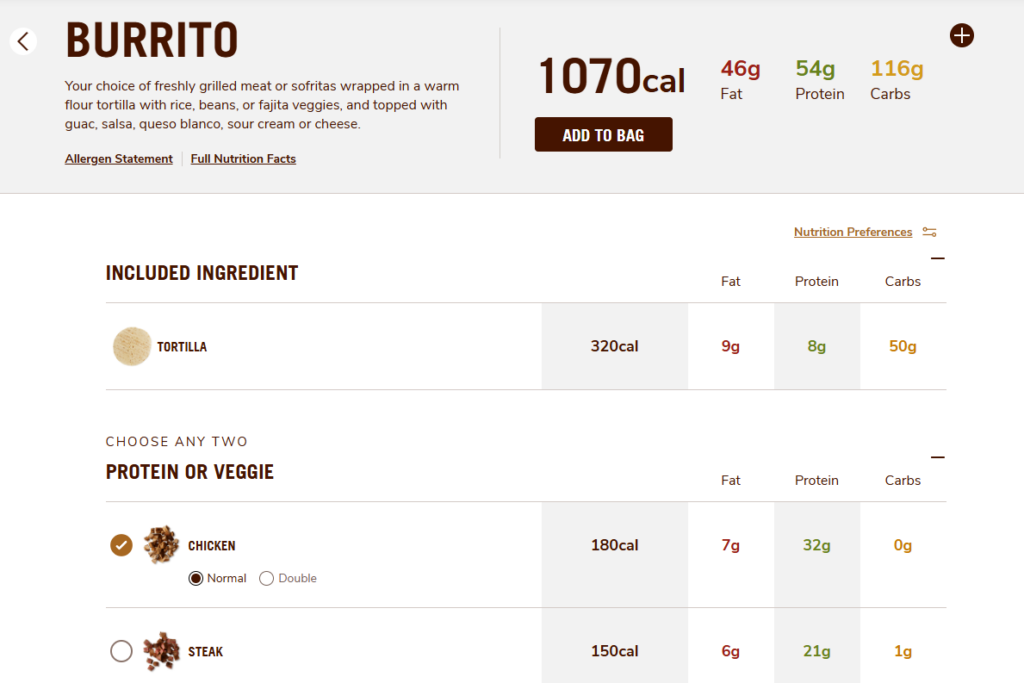
How to Use the Calculator
Using the calculator is straightforward:
- Select Your Meal Base: Choose whether you’re in the mood for a burrito, bowl, taco, or salad.
- Customize Your Ingredients: Add your preferred ingredients—rice (white or brown), beans (black or pinto), protein (chicken, steak, barbacoa, carnitas, or sofritas), salsas, and extras like cheese, sour cream, and guacamole.
- Review the Nutritional Breakdown: As you build your meal, the calculator displays updated nutritional information, helping you see how each ingredient contributes to your total calories and macros.
- Adjust as Needed: If your meal is too high in calories or doesn’t meet your dietary requirements, you can remove or substitute ingredients until you achieve the desired balance.
How to Make Healthier Choices at Chipotle
While Chipotle’s menu offers many flavorful options, knowing how to navigate the nutritional information can help you create a meal that aligns with your health goals.
Choose the Right Base
Burrito vs. Bowl:
- Burrito: Wrapped in a large flour tortilla, burritos tend to be higher in calories due to the carbohydrate-rich wrap.
- Burrito Bowl: Skipping the tortilla can reduce overall calories and carbohydrates, allowing you to focus on nutrient-dense ingredients like proteins, beans, and vegetables.
Salads:
- Salads offer a refreshing and light option. By choosing a salad base and adding lean protein, you can keep calories in check while still enjoying a satisfying meal.
Opt for Lean Proteins
Protein Options:
- Chicken: At about 180 calories for a 4 oz serving, chicken is a popular choice for its lower calorie and fat content.
- Steak: Leaner than some other meats, steak offers around 150 calories per 4 oz serving, making it a solid option for protein without excessive fat.
- Sofritas: For those seeking a plant-based alternative, sofritas provide a tasty, lower-calorie protein option at about 150 calories for 4 oz.
Tip: When possible, ask for leaner portions or consider splitting a protein among multiple meal components to reduce the calorie load.
Control High-Calorie Extras
High-calorie extras like cheese, sour cream, and guacamole can quickly add up. Here are strategies to keep them in check:
- Reduce or Remove: If you’re concerned about calories, consider skipping or reducing the amount of cheese and sour cream.
- Swap Options: Use salsa liberally—it’s flavorful and typically lower in calories.
- Portion Control: If you love guacamole, try asking for a smaller portion or sharing a side.
Load Up on Veggies
Vegetables are a powerhouse of vitamins, minerals, and fiber while being low in calories. Customize your meal by:
- Adding Fajita Veggies: These are low in calories and high in nutrients.
- Extra Lettuce and Tomatoes: Fresh vegetables add volume, fiber, and flavor without significantly boosting the calorie count.
Watch the Drink Calories
Drinks can sometimes be the hidden culprit in your meal’s calorie count:
- Water or Unsweetened Iced Tea: These are your best choices for a low-calorie, refreshing beverage.
- Avoid Sugary Sodas: Sodas and certain fountain drinks can add hundreds of extra calories without nutritional benefits.
Frequently Asked Questions
How Many Calories Are in a Typical Chipotle Burrito?
The calorie count in a burrito can vary widely depending on your choices. A standard burrito generally ranges from 740 to 1210 calories.
What Are the Healthiest Options at Chipotle?
Some of the healthiest options include:
Choosing Sofritas: A good plant-based protein option with a lower calorie count compared to some meat choices.
Burrito Bowls: These allow you to avoid the extra calories from a tortilla.
Salads: Especially when combined with lean proteins and plenty of vegetables.
Veggie Burrito Bowls or Tacos: These can be very nutritious when built with brown rice, black beans, and plenty of salsa and fresh vegetables.
How Does the Chipotle Nutrition Calculator Work?
The calculator is an online tool that lets you build your meal ingredient by ingredient. As you select items like rice, beans, protein, and toppings, the tool updates the nutritional information in real time.
How Does Chipotle Compare with Other Fast-Food Chains?
Chipotle’s level of customization and transparency sets it apart. While many fast-food meals are fixed and often loaded with unhealthy fats and sugars, Chipotle offers an alternative where you can control every ingredient.
Conclusion
As you continue to explore Chipotle’s menu, remember that the key to a healthy diet lies in balance and moderation. Whether you’re opting for a burrito bowl loaded with lean protein and veggies or a fresh salad with just the right amount of dressing, being mindful of what you consume is the first step toward a healthier lifestyle.
Next time you step into Chipotle, take a moment to review your options using the Nutrition Calculator, and tailor your meal to fit your personal health objectives. With a bit of planning and a good understanding of the nutritional landscape, you can enjoy every meal knowing you’re making a smart choice for your body.
Have dietary needs? Review the Chipotle Allergen Menu first.

